
Roots
Consider, for a moment, the quiet wisdom of our ancestors, a knowing woven into the very fabric of our being, passed down through generations. For those of us who carry the legacy of textured hair, this wisdom resonates deeply within each twist and coil. It’s a connection to a past where hair, far from being a mere aesthetic adornment, held profound significance—a living marker of identity, status, spirituality, and resilience.
As the sun dipped below the horizon, bringing the chill of night and the quiet repose of sleep, how did these communities, deeply attuned to the natural world, safeguard their crowns? How did this intimate knowledge of hair’s delicate nature, a recognition born of observing its unique patterns and requirements, begin to shape the nightly rituals that protected it?
The journey into understanding night hair protection for textured hair begins with the hair itself. A strand of textured hair, unlike its straighter counterparts, possesses a distinct oval or flattened cross-section, causing it to bend and curl into various patterns. This spiraling form, while beautiful and robust in its collective strength, can also be inherently delicate at a microscopic level. The outermost layer, the cuticle, acts as a protective shield.
In textured hair, these cuticles tend to lift more readily at the curves and bends of the strand. This characteristic, though a part of its natural design, can leave the inner cortex more exposed to external stressors, including friction.
Think of the earliest sleep environments ❉ earthen floors, rough sleeping mats, or even unadorned animal skins. These surfaces, while providing rest, were abrasive. They could snag and pull at vulnerable hair strands, particularly those with lifted cuticles, leading to tangles, breakage, and the loss of moisture.
This environmental reality, combined with an inherent understanding of hair’s vulnerability during rest, undoubtedly spurred the earliest forms of protective nocturnal care. It was an intuitive response to an observable challenge, a practical wisdom that predated modern scientific laboratories by centuries.
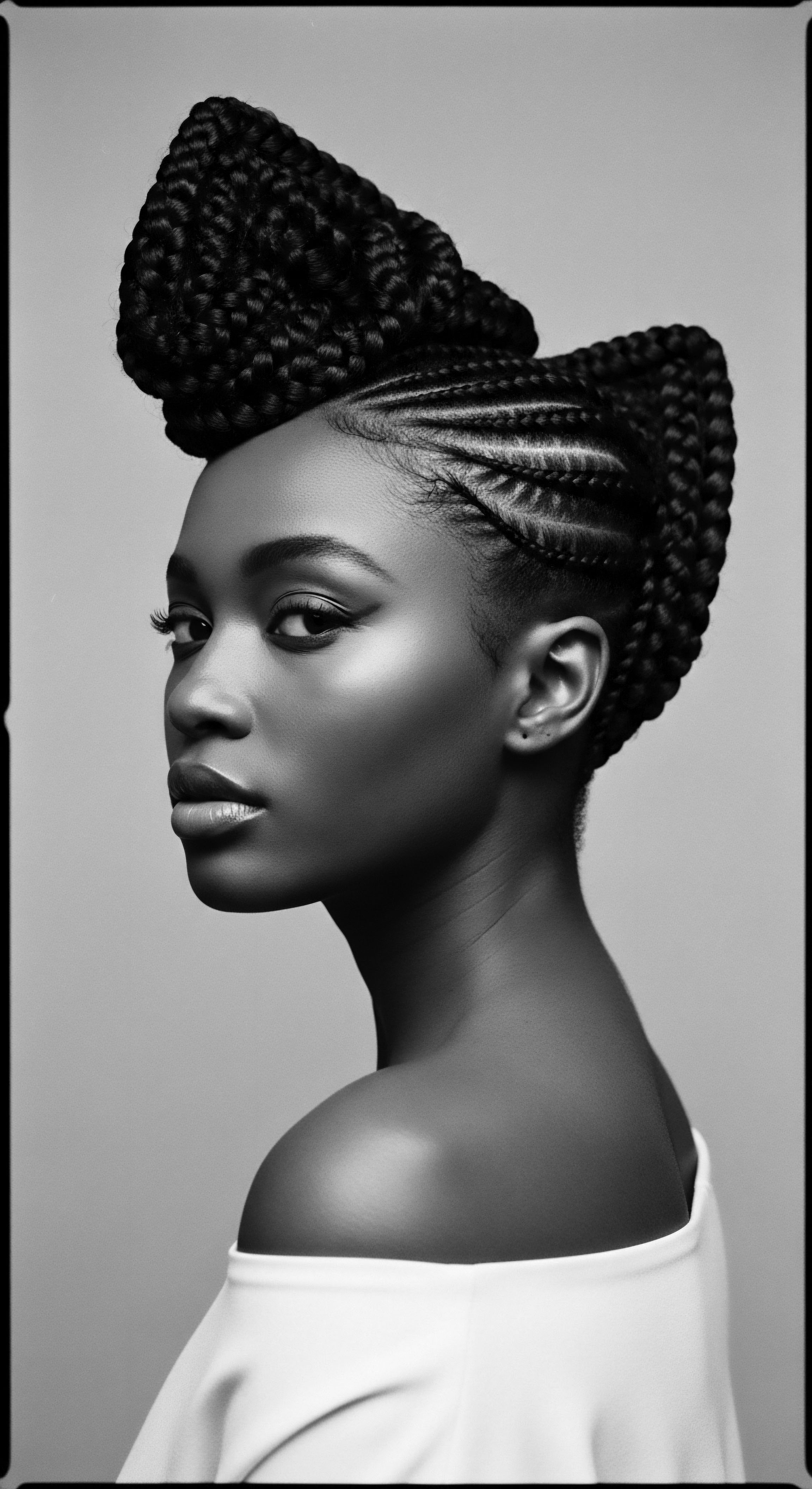
The Biology of Night’s Friction
The science, as we understand it today, only confirms what ancestral populations grasped through lived experience. As a person shifts and turns during sleep, their hair rubs against surfaces. Cotton, a common material used in bedding across many cultures, possesses a fibrous, absorbent quality.
While comforting for sleep, its microscopic hooks can grab onto hair strands, particularly those with open cuticles. This friction strips away natural oils, leading to dryness, frizz, and breakage.
Ancestral night practices were ingenious solutions to hair’s innate fragility against environmental friction, a wisdom honed through generations of keen observation.
The very structure of textured hair, with its inherent tendency to form intricate coils, also makes it prone to tangling. Without proper preparation and defense, night movements could transform a carefully styled head of hair into a matted challenge by morning. The response to this universal challenge varied across continents and communities, yet a common thread of protection runs through these diverse traditions.
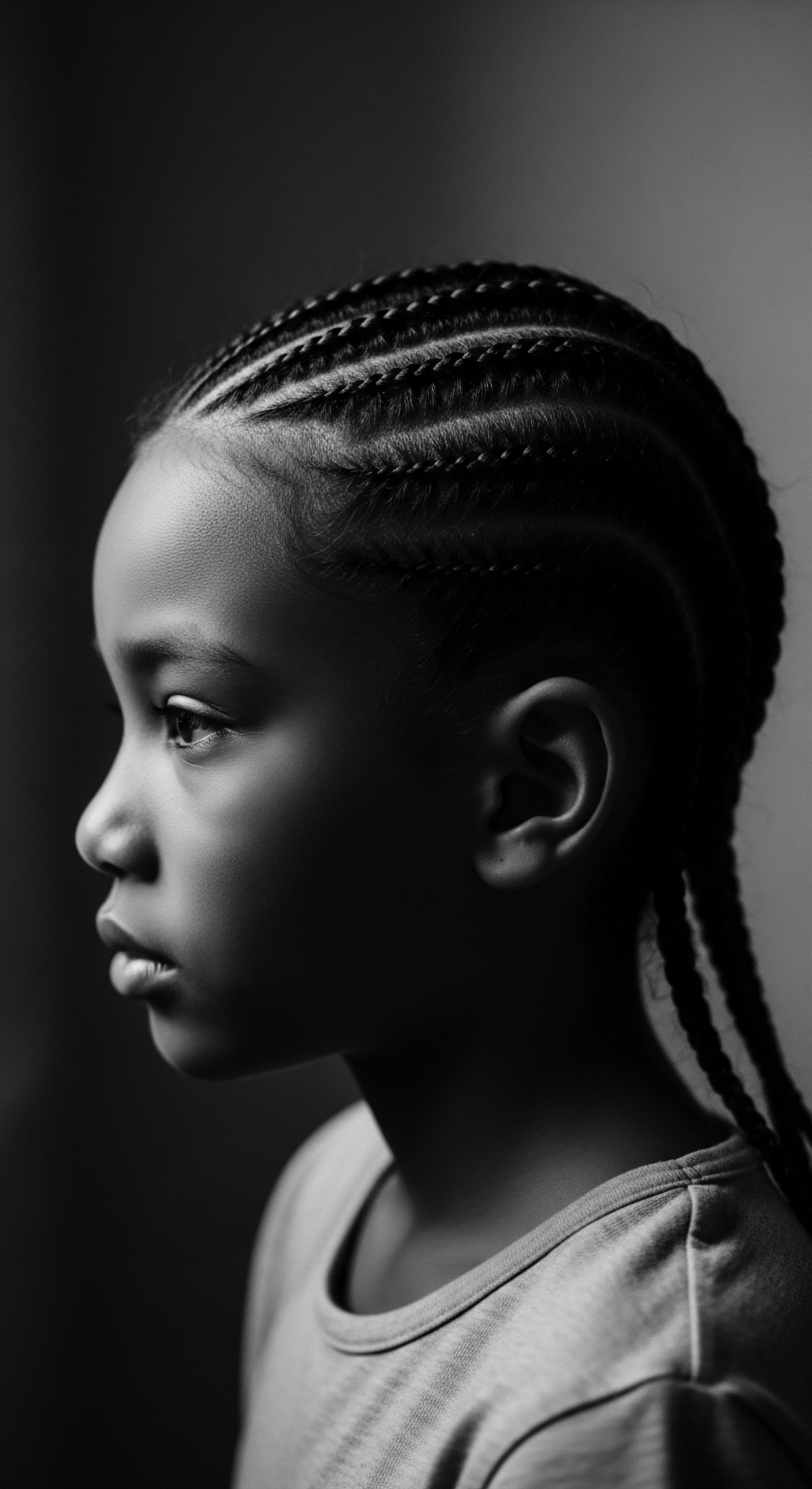
Ancient Wraps and Early Defenses
The earliest forms of night hair protection were likely simple yet effective coverings crafted from readily available natural resources. Consider the use of soft animal skins, plant fibers, or woven cloths.
- Plant Fibers ❉ Communities used fibers from plants like raffia or bark, carefully processed to create pliable materials for wrapping hair.
- Animal Skins ❉ Softer, cured hides, particularly from animals with fine fur, could offer a smooth surface, reducing friction.
- Woven Cloths ❉ As textile production advanced, early forms of loosely woven fabrics, often from cotton or linen, found their way into night hair care.
These coverings were not simply for warmth or modesty; they served a practical purpose, acting as a barrier between delicate hair and harsh sleeping surfaces. They preserved moisture, minimized tangling, and reduced mechanical damage. Such practices reflect a profound respect for the hair, viewing it not just as a part of the body, but as an extension of self, deserving of deliberate, thoughtful care.

Ritual
The ancestral practice of protecting hair at night, originally a practical necessity, blossomed into a rich tapestry of rituals, each thread imbued with cultural meaning and a deep understanding of textured hair’s needs. These nocturnal rituals became a cherished part of daily life, connecting individuals to their heritage, community, and the rhythms of nature. They were not merely about tying a cloth; they often involved specific preparations, ingredients, and even communal gatherings, all centered on maintaining the vitality and sacredness of the hair.

Hair Adornment and The Night’s Vigil
Across various African civilizations, hair was frequently styled in complex and meaningful ways that often took hours, if not days, to complete. These elaborate styles were not meant to be undone nightly. Thus, night protection was not just about preventing damage, but about preserving the integrity of these artistic expressions.
For instance, in West Africa, intricate braiding patterns, like those seen among the Fulani people, might be held in place with specific wraps. These wraps kept the braids tidy, prevented frizz, and allowed the styles to last for extended periods, reducing the frequency of manipulation that could lead to breakage.
Consider the practices of the Himba people of Namibia. Their women are celebrated for their distinctive dreadlocks, known as Otjize, a mixture of butterfat, ochre, and aromatic herbs. This application protects their hair from the harsh desert sun and maintains its health. At night, while perhaps not fully covered in all instances, the very composition of the otjize itself offers a layer of protection, acting as a conditioning agent and a physical barrier against environmental elements.
The daily application and maintenance of otjize is a sacred ritual, and its protective qualities extend into their sleeping hours, symbolizing a continuous cycle of care and cultural identity. (Crabtree, 2012) This demonstrates how ancestral practices often combined styling, conditioning, and night protection into a holistic approach.

Protective Styling’s Ancient Roots
Many of the protective styles we recognize today—braids, twists, cornrows—have ancient lineages, having served dual purposes of beauty and protection long before the advent of modern hair products. At night, these styles were further safeguarded.
- Braiding Patterns ❉ Intricate cornrows or individual braids, often adorned, were secured to prevent loosening and frizz during sleep.
- Twisting Techniques ❉ Two-strand twists or flat twists were commonly used for their ability to maintain moisture and prevent tangling, particularly when secured with a wrap.
- Knotting and Coiling ❉ Certain communities used various knotting or coiling methods to consolidate hair, making it less vulnerable to friction.
The understanding was clear ❉ consolidated hair is less prone to damage than loose hair. These styles minimized manipulation, sealed in moisture, and provided a compact form that could be easily covered. The night wraps, then, were the final defense for these labor-intensive creations, ensuring their longevity and the preservation of the hair beneath.

The Role of Headwraps and Scarves
Headwraps and scarves hold immense cultural and historical weight within Black and mixed-race communities. While their uses are varied—from spiritual coverings to fashion statements—their role in night hair protection is undeniable. Early coverings were likely simple lengths of cloth, but over time, specific types of materials and wrapping techniques emerged.
Nighttime headwraps and scarves became more than mere protective barriers; they were symbols of dignity, ingenuity, and cultural continuity.
The materials used were often natural fibers known for their softness and breathability. While silk and satin, with their smooth surfaces, are modern advancements for hair care, ancestral communities would have relied on fine cottons, linens, or even prepared animal hides for their covering properties. These materials, when wrapped correctly, offered a smooth surface that reduced friction against sleeping surfaces, helping to retain the hair’s natural oils and moisture. The way they were tied also mattered, ensuring that the hair was completely encased and secure without being pulled or stressed.
| Aspect Primary Material |
| Ancestral Practice Processed plant fibers, soft animal hides, fine woven cotton/linen. |
| Modern Application (Heritage Informed) Silk or satin bonnets, scarves, pillowcases. |
| Aspect Hair State |
| Ancestral Practice Elaborate, often long-lasting protective styles (braids, twists). |
| Modern Application (Heritage Informed) Freshly styled hair, protective styles, or loose hair. |
| Aspect Motivation |
| Ancestral Practice Preservation of style, hair health, cultural significance. |
| Modern Application (Heritage Informed) Damage prevention, moisture retention, style longevity. |
| Aspect Tools |
| Ancestral Practice Hands, natural combs, hair oils from plants. |
| Modern Application (Heritage Informed) Hands, wide-tooth combs, bonnets, scarves, hair products. |
| Aspect The core principle of minimizing friction and maintaining moisture persists across eras. |
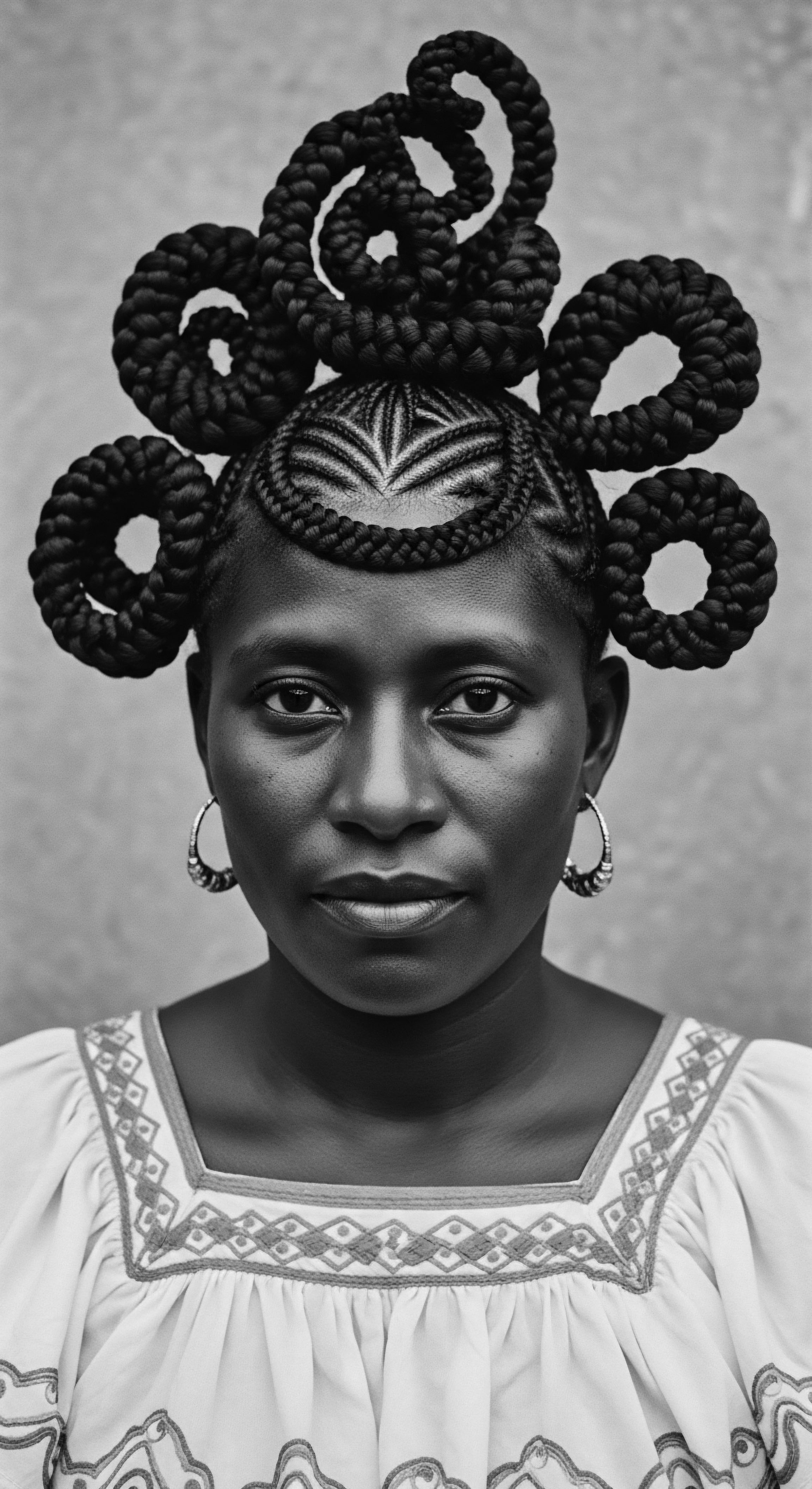
Relay
The ancestral practices of night hair protection, once confined to specific geographies and kin groups, did not simply fade with time; they were carried across oceans, adapted in new lands, and transmuted into powerful symbols of survival and self-prespreservation. The transatlantic slave trade, a brutal disruption of African life, paradoxically served as a crucible for these traditions, cementing their place as essential elements of textured hair heritage in the diaspora. The ingenuity and resilience demonstrated by enslaved Africans in preserving their hair, despite unimaginable duress, speaks volumes about the intrinsic value they placed on their cultural identity, inextricably linked to their strands.

From Enslavement to Empowerment
During enslavement, hair practices, including night protection, became acts of quiet defiance and cultural continuity. While enslavers often sought to strip individuals of their identity, maintaining hair was a way to cling to selfhood and heritage. Field laborers, whose hair was exposed to harsh elements and constant friction, would have relied on whatever materials were available to protect their hair at night.
This might have included scraps of cloth, old sacks, or even rough-spun fabrics that, while not luxurious, offered some barrier against damage. These makeshift coverings were a testament to the enduring human spirit, a determination to preserve what little control remained over one’s body and cultural expression.
Consider the testimony of formerly enslaved individuals or historical accounts that touch upon daily life. While explicit descriptions of night hair protection may be scarce in surviving records (as often the focus was on labor and brutality), the very existence of elaborate hair traditions and the importance of cleanliness, even in dire circumstances, implies a deep commitment to hair care. The instinct to protect hair from tangles and breakage, especially given the arduous nature of daily work, would have been paramount for practical reasons of hygiene and maintenance.

The Silent Language of Scarves
Post-emancipation, and particularly during eras of intensified racial discrimination, headwraps and scarves took on additional layers of meaning. While still serving their protective function, they became powerful visual statements. They were worn to signify dignity, to express cultural pride, and sometimes, to protect hair from the prying, often judgmental, gaze of a society that sought to devalue Black aesthetics.
The smooth, tied-down look achieved by sleeping with a scarf, then a common practice, directly minimized the morning “frizz” or “mess” that was often seen as undesirable by prevailing Eurocentric beauty standards. This was a direct adaptation of ancestral protection, now also serving as a social coping mechanism.
The legacy of night hair protection transcends generations, a vibrant echo of resistance, adaptation, and an enduring connection to cultural roots.
The transmission of these practices was largely oral, through observation and direct instruction within families and communities. Mothers taught daughters, aunts taught nieces, passing down the nuanced techniques of braiding, twisting, oiling, and wrapping. These weren’t just practical skills; they were acts of love, connecting younger generations to a lineage of care and cultural knowledge. This intergenerational transmission is a hallmark of textured hair heritage, underscoring its living, breathing nature.
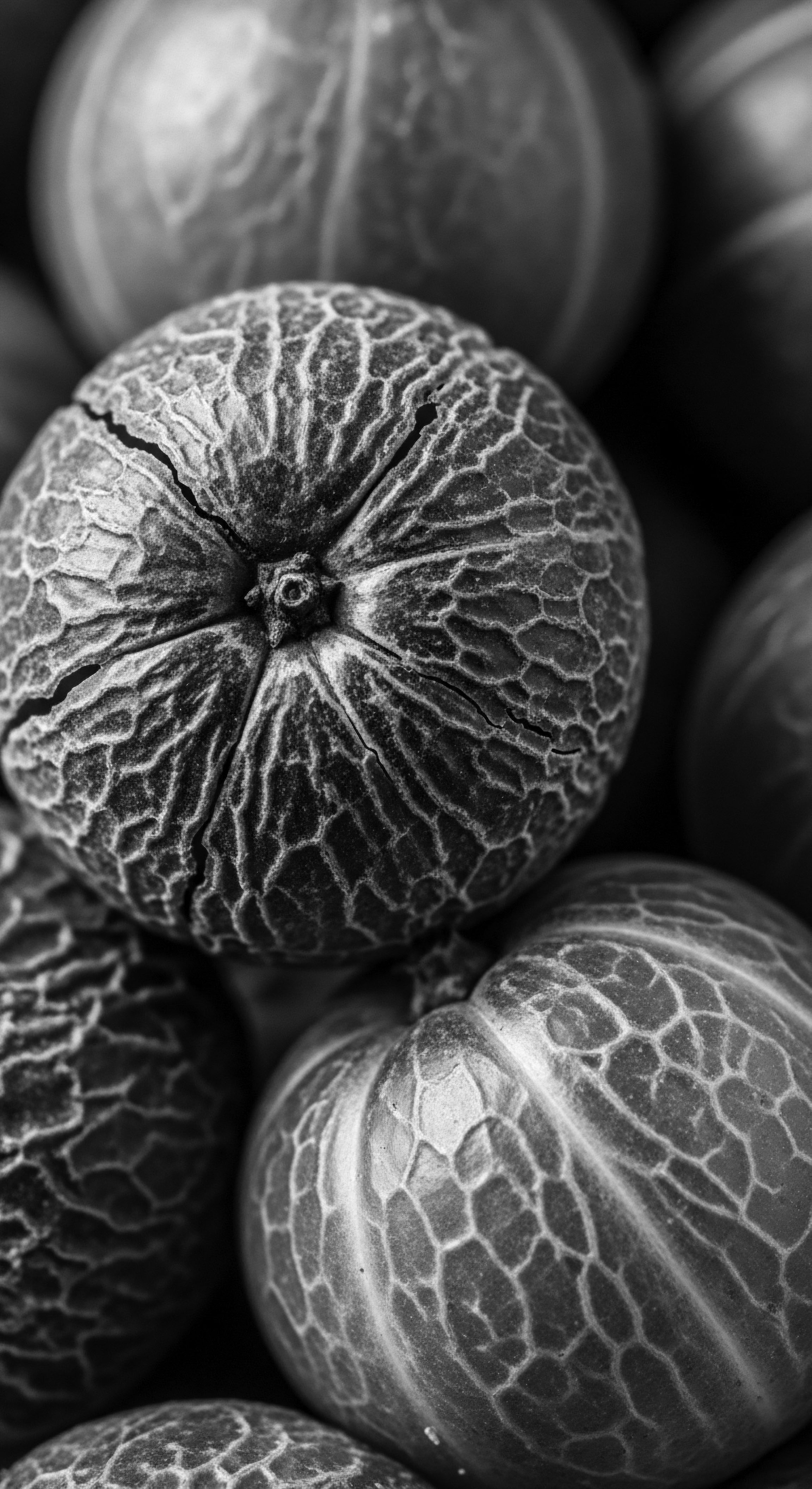
Modern Reverberations ❉ Science and Tradition
Today, the ancestral wisdom of night hair protection meets modern science, creating a powerful synergy. The understanding of friction’s detrimental impact on textured hair has led to the widespread recognition of silk and satin as superior materials for bonnets, scarves, and pillowcases.
- Reduced Friction ❉ The smooth surface of silk and satin allows hair to glide rather than snag, significantly reducing breakage and tangling.
- Moisture Retention ❉ Unlike absorbent cotton, silk and satin do not wick away hair’s natural moisture, preserving hydration and preventing dryness.
- Preserved Styles ❉ These materials help to maintain the integrity of braids, twists, and other styles, extending their life and reducing the need for daily manipulation.
A 2008 study published in the Journal of Cosmetic Science examined the impact of different pillowcase materials on hair breakage, finding that smoother fabrics resulted in less friction and, consequently, less damage to hair fibers. While this study did not directly examine ancestral practices, its findings validate the underlying principle that ancient communities understood empirically ❉ minimizing friction is paramount for hair health. (Robins, 2008) This scientific validation only strengthens the argument for the enduring wisdom of our forebears.
The relay of these practices continues globally. From elaborate sleep bonnets adorned with intricate designs to simple satin pillowcases, the descendants of those who practiced early night hair protection now have access to an array of products that refine and elevate these ancient traditions. The dialogue between past and present is a lively one, with each innovation acknowledging the deep roots from which it springs.
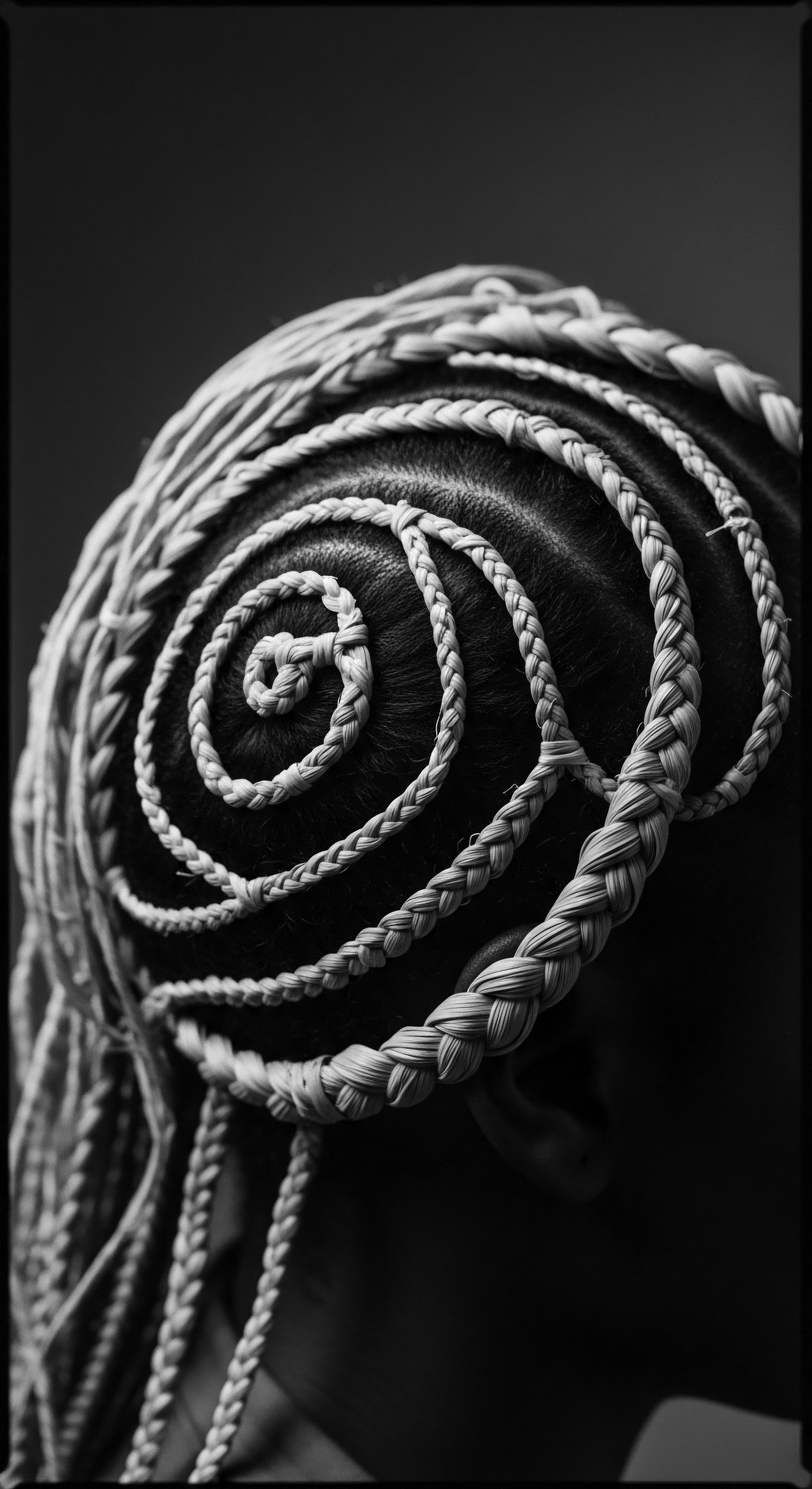
Reflection
The journey through ancestral night hair protection for textured hair reveals more than just a historical account of care; it unearths a profound meditation on heritage itself. Each wrap, each braid, each chosen material speaks to a deep, abiding respect for the strand, a soulful recognition of its vitality, its symbolism, and its connection to identity. Our ancestors, through their ingenuity and intimate understanding of the natural world, laid the groundwork for practices that persist today, not as relics of a bygone era, but as living, breathing testaments to resilience and cultural continuity.
The “Soul of a Strand” ethos, in its most genuine expression, recognizes that our hair carries the echoes of those who came before us. The nocturnal rituals, once born of sheer necessity and the practical need to protect, became imbued with communal care, familial love, and a powerful sense of self-worth. It’s a legacy that reminds us that true wellness for textured hair extends beyond superficial treatments; it calls for a deep appreciation of its historical context, its inherent beauty, and the profound wisdom passed down through generations. To protect our hair at night is, in essence, to participate in a timeless conversation with our past, affirming the enduring strength and beauty of our collective heritage.
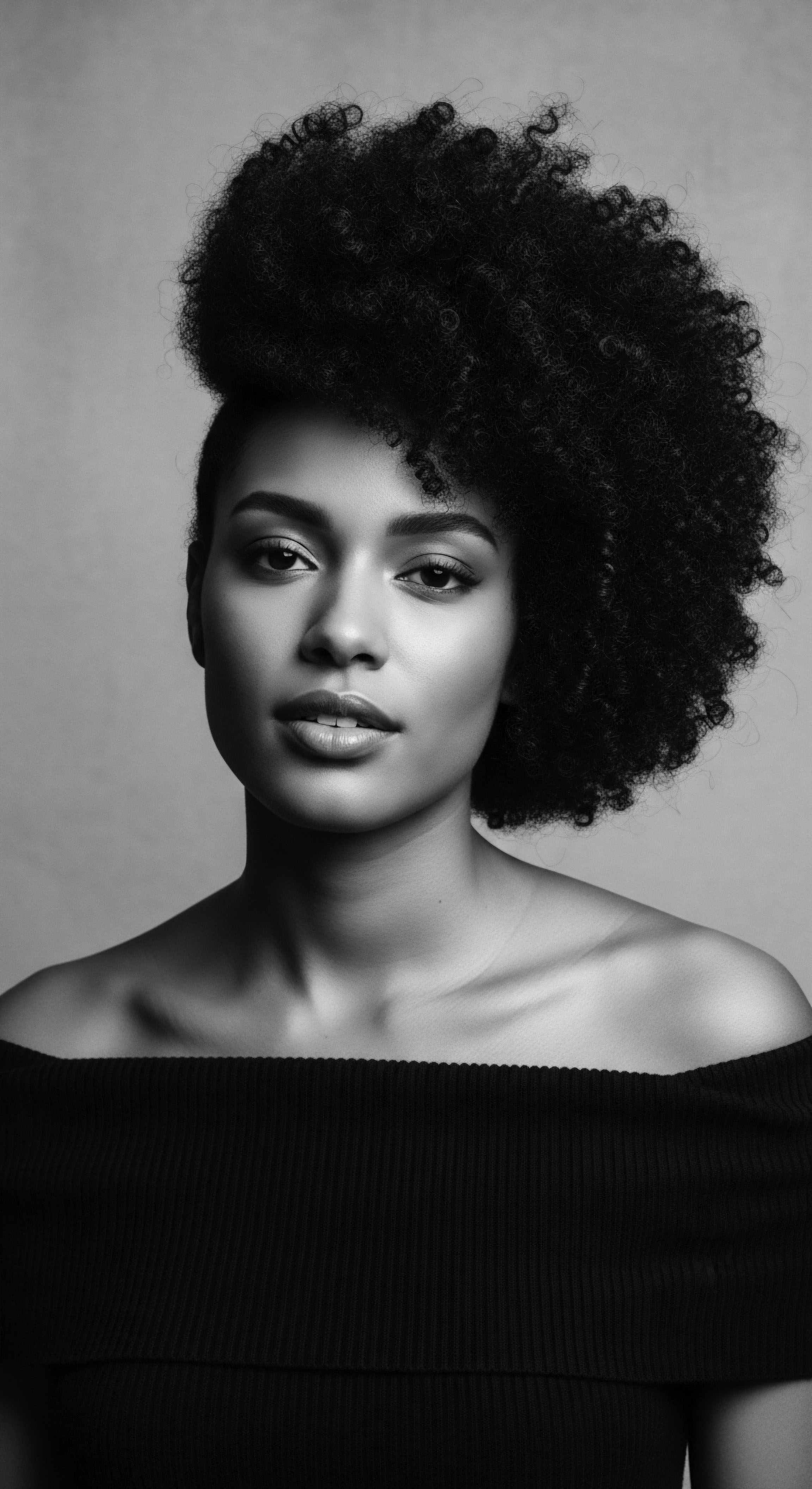
References
- Crabtree, S. (2012). African Hair ❉ Culture, Beauty, and Struggles. University Press.
- Robins, A. (2008). Hair Care Science and Technology. CRC Press.
- Byrd, A. (2001). Hair Story ❉ Untangling the Roots of Black Hair in America. St. Martin’s Press.
- Akbar, N. (1998). Light from Ancient Africa. New Mind Productions.
- Walker, A. (2009). Anatomy and Physiology of the Hair. Wiley-Blackwell.
- Hooks, b. (1995). Art, Bell Hooks, and the Hair. Routledge.
- Lovejoy, P. (2000). Transformations in Slavery ❉ A History of Slavery in Africa. Cambridge University Press.
